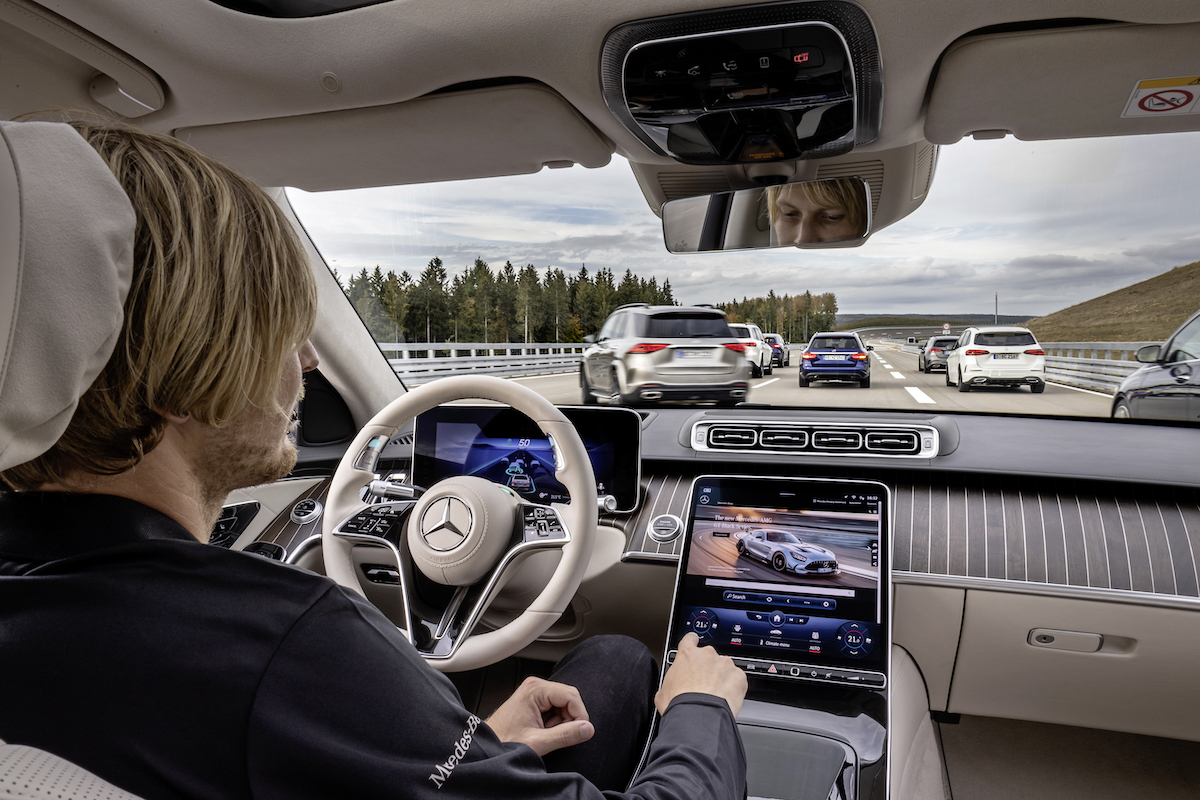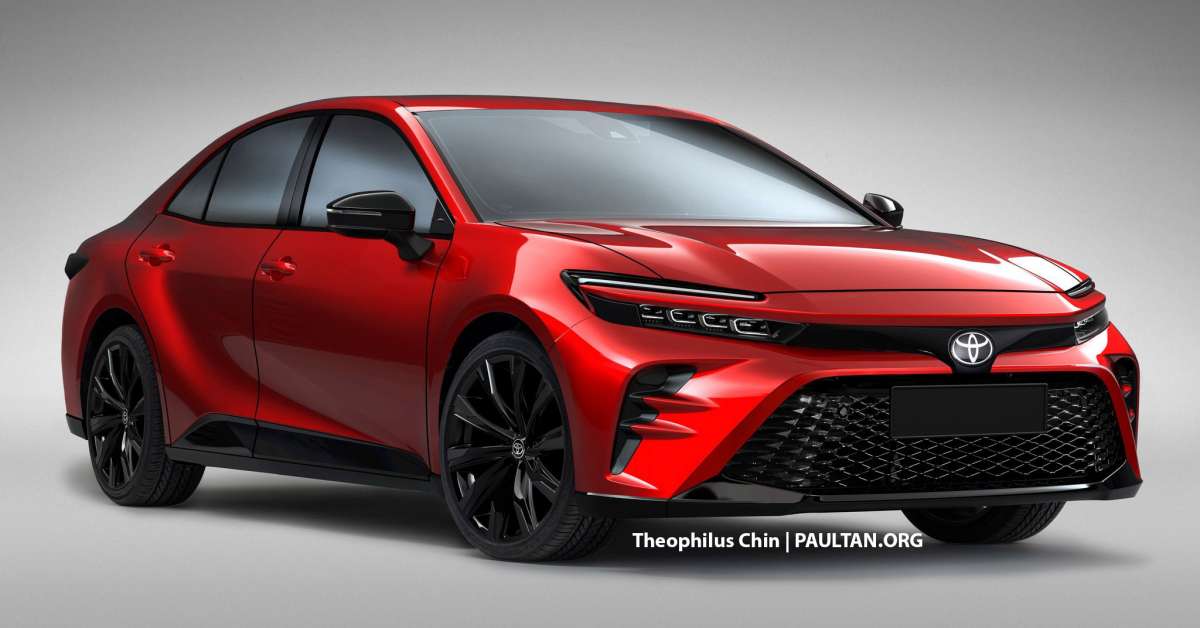[ad_1]
In-vehicle infotainment systems have revolutionised the user experience over the past decade. Today’s drivers have become accustomed to high-resolution touch-screens, smartphone pairing, and advanced driving assistance features. Increasingly, they are also becoming familiar with automated driving. SAE Level 2+ and Level 3 vehicles are making their way into the market, introducing new levels of convenience—and new design challenges.
Sharing responsibility
A car that drives by itself all the time is one thing; a car that drives by itself some of the time is something else entirely. With the latter, designers and engineers need to address the handover of control, i.e. when the vehicle passes driving control back to the human. If someone has been napping or reading, how do you quickly alert them that they need to take over—now—and fill them in on the current road situation?
It’s a big challenge, and one that some players are keen to avoid altogether. Back in 2016, Ford notably announced that it planned to bypass Level 3 autonomy because of this handover challenge, with Raj Nair, then President of North America, stating: “We abandoned the stepping-stone approach of driver-assist technologies and decided we’d take the full leap to deliver a fully autonomous Level 4-capable vehicle.”
While the automaker has since adjusted its stance, these early concerns are an indicator of the challenge of engaging drivers in semi-autonomous driving situations.
[ad_2]
Source link











